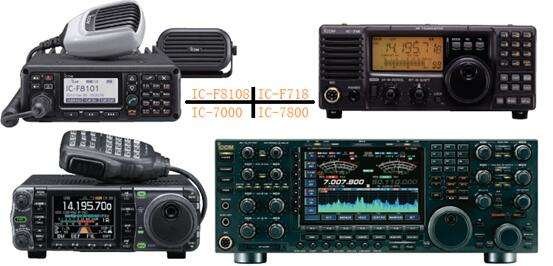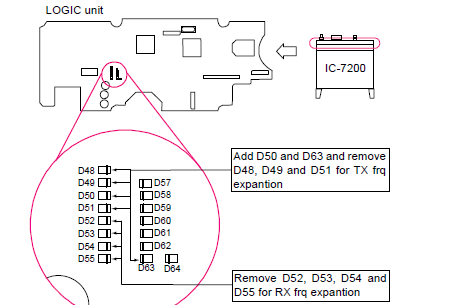Approval and Compliance Requirements for the Use of Radio Equipment
Radio stations transmit messages wirelessly by modulating voice and various information onto high-frequency carrier signals. Today, they are ubiquitous, with mobile phones being a prime example of radio application. It may not be widely known, but the frequency resources of radio bands in each country are very tight. Each band has its own main application field standard requirements, transmission and reception usage norms, and legal systems. It is not for everyone to use at will. Everyone should remember that apart from the low-power devices that are approved for use within a specified small range, the use of radio equipment requires approval from the local radio management committee and can only be used within a certain range after approval.
Radio Equipment Manufacturers Must Comply with the International Telecommunication Union’s Radiation Safety Standards
We know that the working frequency range of common shortwave equipment is generally set to a receiving frequency range of 30KHz–30MHz and a transmission range of 1.6MHZ–30MHz. However, countries around the world will allocate specific segments within this band that meet the requirements for reception and transmission based on the requirements of the International Telecommunication Union, rather than opening up the entire band for transmission and reception, in order to regulate the order of radio wave propagation and prevent radio interference. The shortwave and ultra-shortwave equipment produced by Japan’s ICOM company fully complies with the requirements of the International Telecommunication Union. The supply to all major regions of the world complies with the frequency requirements and power specifications of the relevant regions, and it is not open to all bands for transmission and reception, which is completely compliant and legal.

Frequency Expansion and Precautions
In actual use, many users may have requirements for transmitting and receiving in various different frequency bands. Especially for radio enthusiasts, they hope that their amateur radio stations are open to all bands for convenient use when used in a small range, which leads to the issue of frequency expansion of shortwave HF and V/U radio stations. As for the method of frequency expansion, different models have different methods.

The above is the display of frequency expansion information of a certain radio station. Specific radio stations need corresponding model technical information and related soldering and other tool support, and can consult related dealers for assistance.
Please note that although the frequency expansion will widen the transmission and reception range, users must consciously use it in compliance with the local radio committee’s normative requirements and must not violate local laws and regulations. Otherwise, the harm and loss caused by interfering with other radio stations need to be borne by themselves. It is necessary to develop a good habit of using radio equipment correctly.
